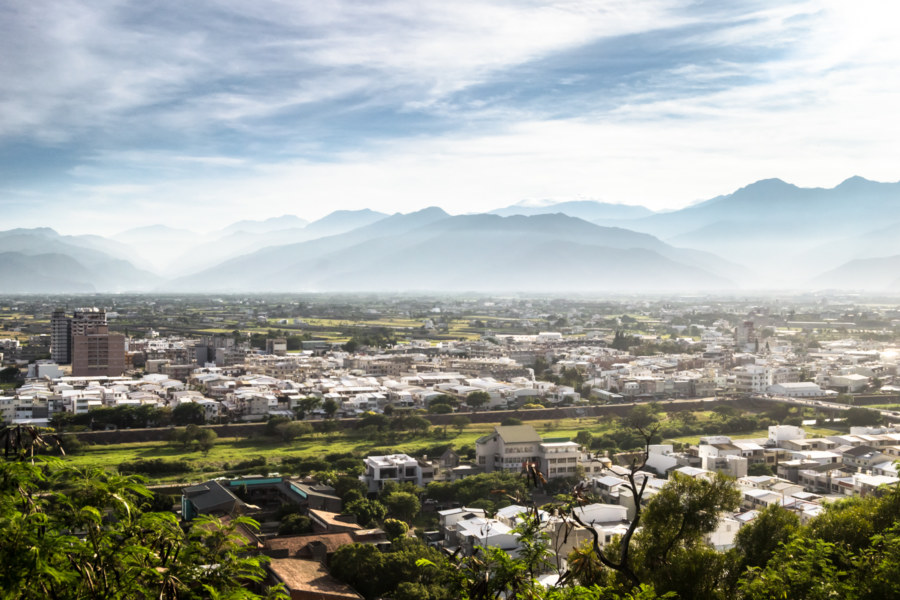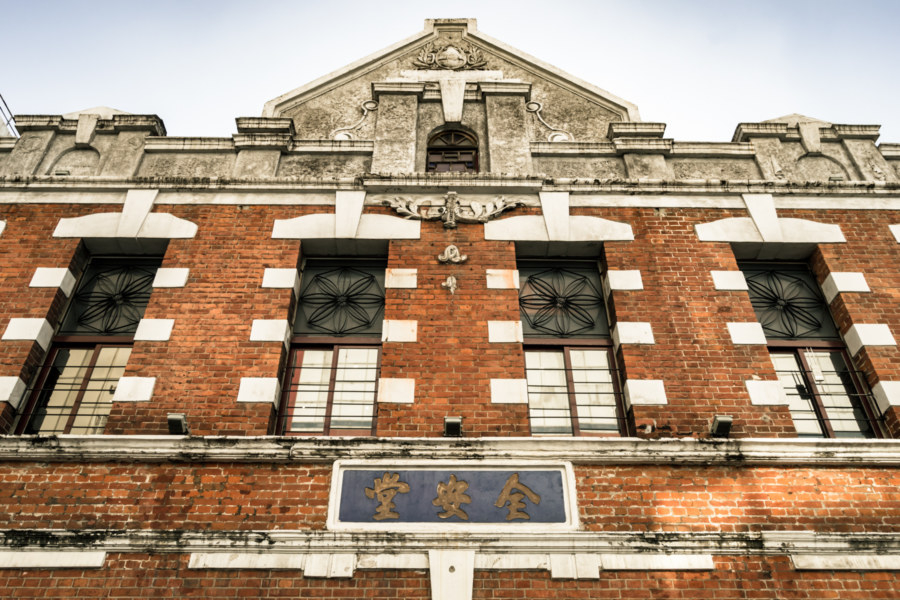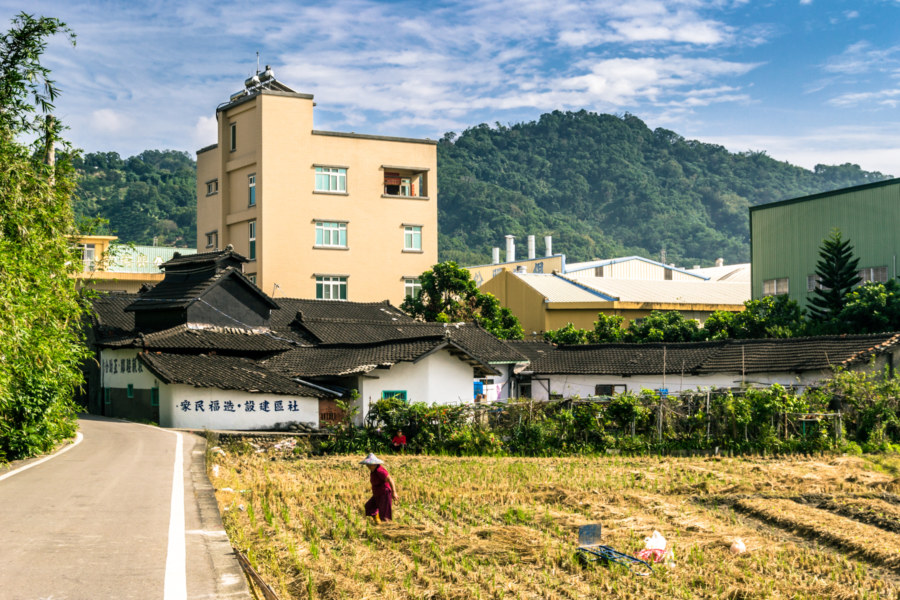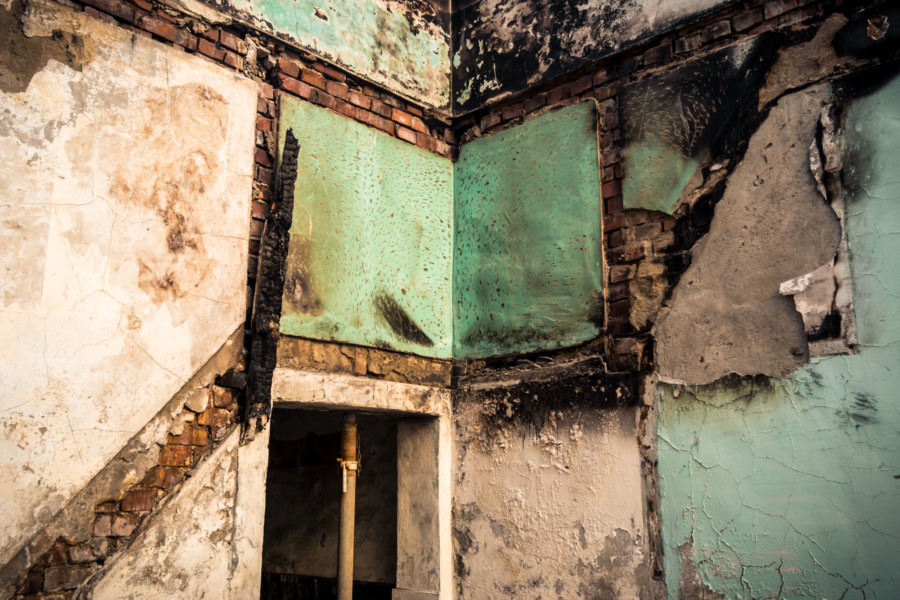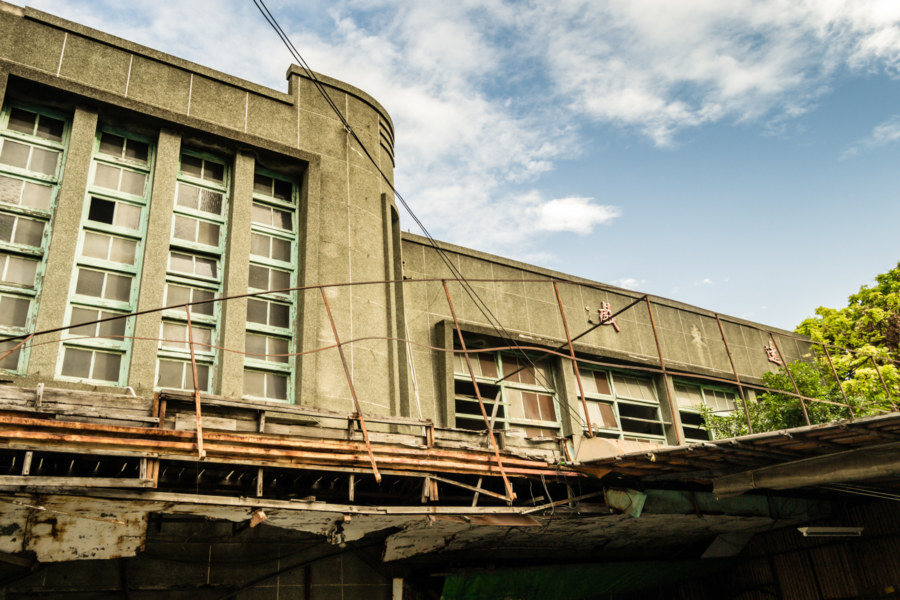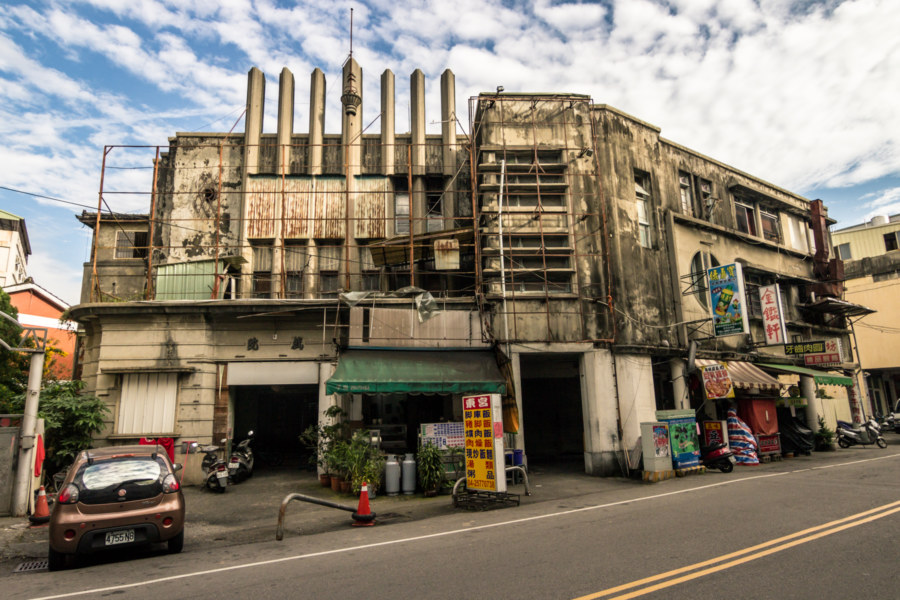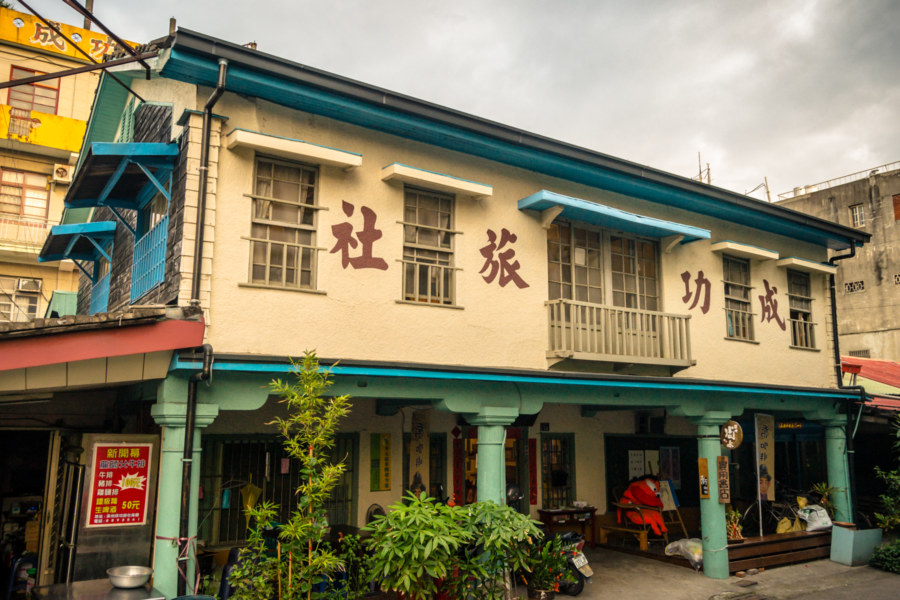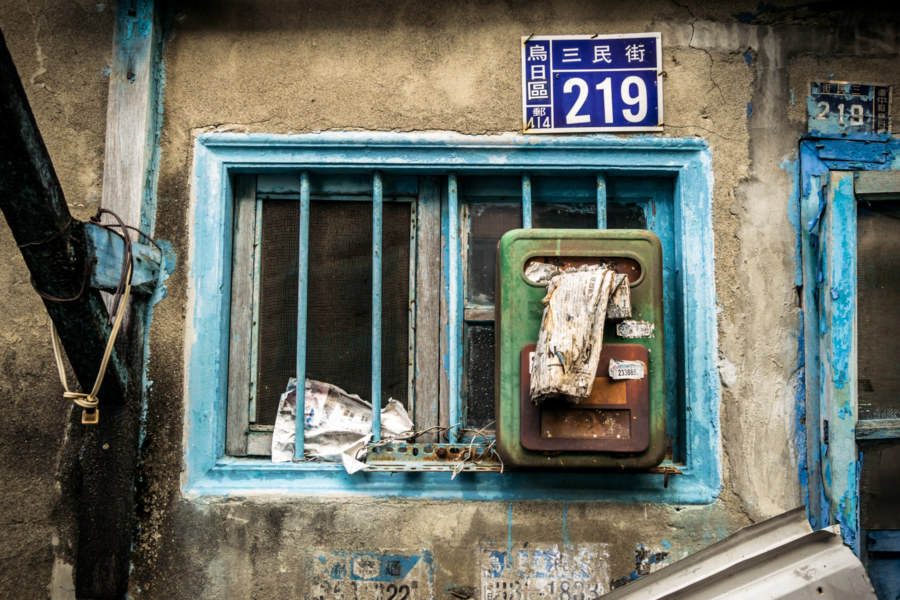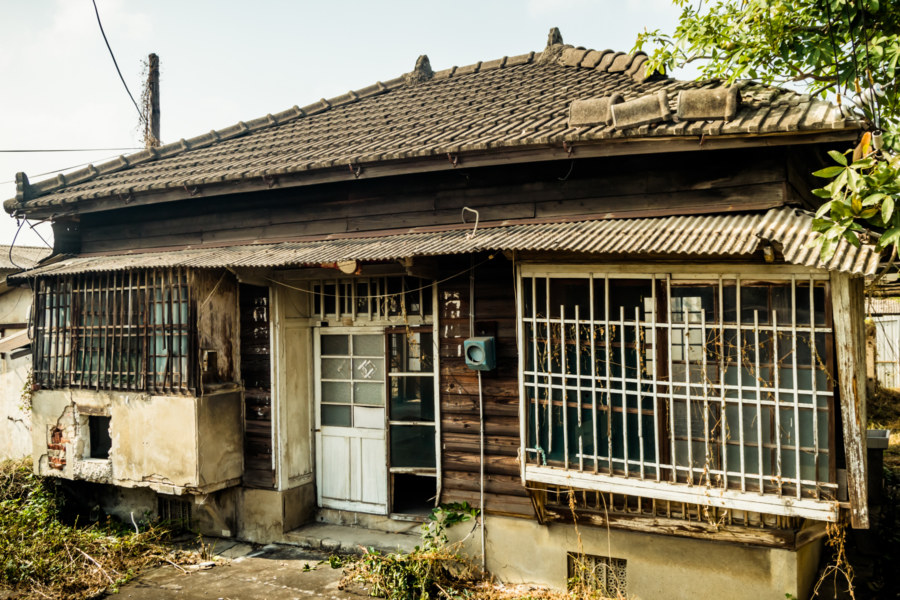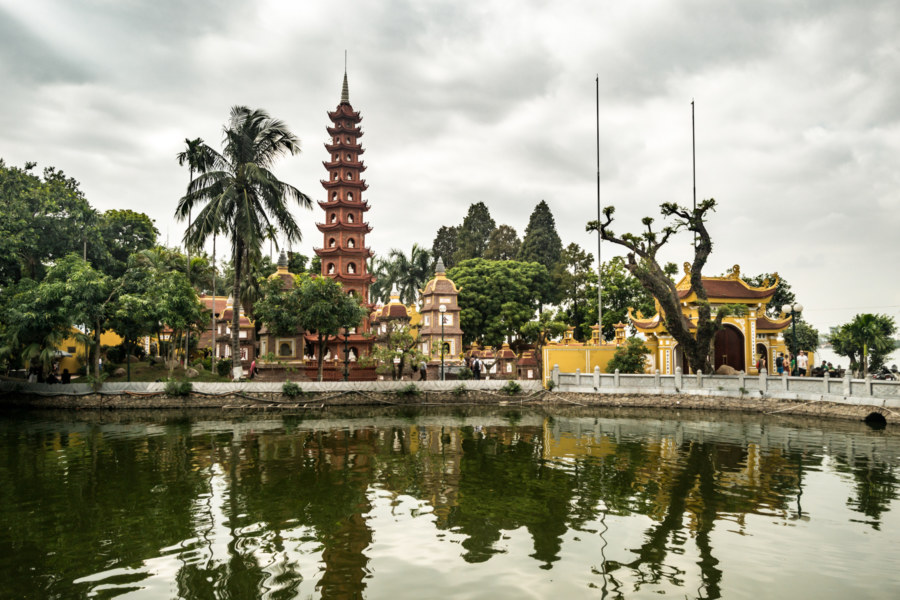Taitung City, the administrative capital of Taitung, was my final destination on a multi-day bicycle tour around southern Taiwan in the summer of 2015. Previously I shared words and photos from every day on the road so this post will act as something of an epilogue. Start at the beginning or read the last chapter to get up to speed—or treat this as a singular post about some of what I saw in an extra day of exploration around the most remote major city on the Taiwanese mainland.
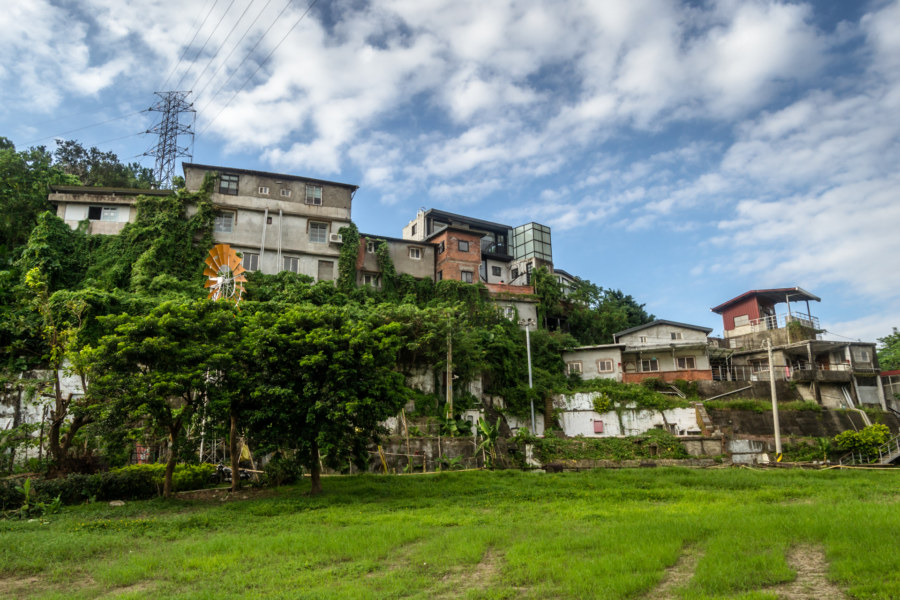
Subterms
Quan’an Hall 全安堂
Quán’ān Hall 全安堂 is a century-old building on Taiwan Boulevard 臺灣大道 not far from the old train station in Taichung. Built in 1909 with red brick, reinforced concrete, and a Neo-Baroque style commonly attributed to Japanese architect Tatsuno Kingo 辰野金吾 (中文), it was a pharmacy for many decades, and more recently a bakery. A few years ago it was rebranded as the Taiwan Sun Cake Museum 台灣太陽餅博物館, which now operates a gift store on the ground floor and, beneath the exposed wooden beams of the restored rooftop on the second level, a cafe, event space, and interactive museum.
Liancun Tobacco Barn 鎌村菸樓
Liáncūn Tobacco Barn 鎌村菸樓 is a historic building on the agrarian outskirts of Fengyuan, Taichung, and one of the last of its kind. Back in the tobacco industry heyday of the 1950s there were more than 100 tobacco barns in this small agricultural community. Almost all the others have been torn down or fallen into grave disrepair over the years but this one remains in surprisingly good condition, a testament to the upkeep of the owners, who still live inside. I haven’t had any luck sourcing credible historic information about this place—it isn’t an officially designated heritage property nor a tourist attraction—but I’d hazard a guess that it is at least 70 years old. I would have asked the old lady in the courtyard but she didn’t seem all that interested in having a chat—though she warmly granted permission to shoot these photographs when asked.
An Empty Shell on Dayong Street 大勇街屋
The south side of central Taichung is undergoing massive changes with the opening of the new Taichung Station. Formerly one of the most rundown parts of urban Taiwan, it is now the front of the station, and many old and decrepit buildings like this house on Dàyǒng Street 大勇街 are being torn down to make way for lucrative new developments. It is a minor ruin, one for which I have uncovered no specific history, although a little sleuthing around on Google Street View indicates the building was still intact in February 2015 and boasted a simple signboard for a tea shop: 茶點複合式冷飲. Judging by the construction style I would guess this place dates back to the 1960s, give or take a decade. Gathered here are several photos shared more for their aesthetic appeal than intrinsic historic value.
Beidou Yuandong Theater 北斗遠東戲院
Beidou is home to the historic Yuǎndōng Theater (遠東戲院, literally “Far East Theater”), originally built in 1955. Like most vintage theaters in Taiwan it struggled through the home video era and eventually shut down in the late 1990s. Unlike many other cinemas of its generation it does not appear to have been subdivided into smaller theaters prior to going out of business. It was, however, converted for use as a karaoke bar or gambling den at some point, judging by what I observed on a recent visit. As of 2015 the interior is used for nothing more than storage, particularly for a restaurant that has since colonized the area adjacent to the former ticket booth and entrance.
Donggong Theater 東宮戲院
Dōnggōng Theater 東宮戲院 is located in Dongshi, a Hakka majority township in mountainous central Taichung. Dongshi (or Tungshih in the older Wade–Giles Romanization system) is the gateway to the densely forested interior and was a major center of the lumber industry in Taiwan prior to its decline in the late 1970s and early 1980s. Disaster struck in 1999 with the devastating 921 Earthquake. Dongshi was among the worst hit; over 300 people lost their lives and hundreds of buildings collapsed—but not this grand old theater.
Xizhou Chenggong Hostel 溪州成功旅社
During a recent visit to Xizhou, a small rural township in southern Changhua, I made a brief stop to check out the historic Chénggōng Hostel (成功旅社](https://www.facebook.com/pages/成功旅社農用書店/774365992596884)). I had no idea what to expect, having learned of its existence while browsing Google Maps in search of points of interest, and was pleasantly surprised by what I found there. It is privately owned and operated but they’ve gone to great lengths to preserve the building, transforming it into a tourist attraction and community space. The ground floor is home to a shop showcasing local products and a dual-purpose agricultural library and event space. Upstairs is something of a museum, lightly furnished with rickety beds and tatami mats. The floorboards creak and there is a mustiness about the place that makes it feel genuinely old. It wasn’t difficult to imagine what it might have been like half a century ago in the midst of the sugar boom.
Return to Sender
A vivid shade of blue adorns a derelict home in Wuri.
Yesterday I made a brief stop in Wuri to located and document the Japanese colonial era stationmaster residence. A metal fence has been erected outside the residence so I went for a walk around the perimeter to look for another point of entry. Along the way I passed several derelict and abandoned homes of a more recent vintage. These homes were constructed in a more provisional style common to the KMT authoritarian era and were probably built to house railway workers or military veterans and their dependents—but that’s just a guess. Whatever the case, I was momentarily transfixed by the vivid shade of blue on the trimmings of one of these modest homes and lined up a shot of the overstuffed mailbox worth sharing. You may also notice duplicate address plates which reminds me—I’d love to know when various versions of those plates entered into use in different districts.…
Wuri Stationmaster Residence 烏日車站舊站長宿舍
The old stationmaster’s house in Wuri has been left to the elements for years. When will the city get serious about protecting its cultural heritage?
Today I breezed through southern Taichung on my way to the high-speed rail station and parts beyond. Along the way I made a brief stop in Wuri to follow up on a lead I uncovered while researching my much longer feature about the historic Japanese colonial era Wuri Police Station. Apart from the police station there are two other officially designated historic sites in the district (with nearby Jukuiju Mansion almost certain to become the fourth in the near future). One of these is the former Stationmaster Residence (站長宿舍) next to Wuri Station (烏日車站), pictured here. Despite its status as a heritage property the city has done nothing to restore it and little to maintain the old residence. About all they’ve done in recent years is put up metal fencing sturdy enough to prevent the intrusion of mildly curious explorers such…
Postcards From Hanoi
Gathered here are around forty of my better photographs from a five day stay in Hanoi, Vietnam, in November 2016. All of these images were captured while idly wandering around the famous Old Quarter and its environs. I was not particularly adventurous on this trip but I still managed to find plenty to feast my eyes upon—and the food and coffee certainly lived up to expectations! I also found it interesting to apply some of my growing knowledge of East Asian culture gleaned from these years of living in Taiwan. Each photo is annotated with onward links to more information should anything pique your interest.
